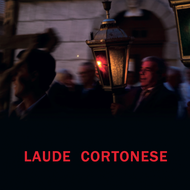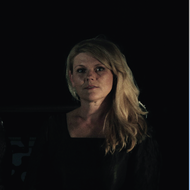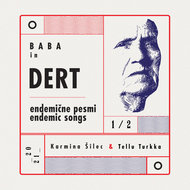Gavin Bryars: Laude Cortonese
Marian hymns inspired by paraliturgical medieval music from Tuscany
Video
About the project
From the Press
… It would be quite a surprise if Kebataola, ... under the artistic director Karmina Šilec, would prepare anything conventional ...
… cultivated and mutually well-tuned vocals additionally emphasize the solemn rapture that is usually characteristic of religious ceremony…
… Thus the best description of the event is perhaps the prefix para-: para-liturgical, para-medieval music in a para-church. Thus also in front of a para-audience or at least an audience in a para-state, i.e. a state enraptured somewhere into afterlife? …
Večer
Photo gallery
Download
- Koncertna knjižica LAUDE CORTONESE [pdf, 2.18 MB]
- Concert booklet LAUDE CORTONESE [pdf, 2.25 MB]
From our webshop
Related content
- NEWS The winner of Darinka Matić-Marović Award - Karmina Silec received international award
- NEWS OVIS - choregie project
- News archive EVERGREEN - Is There One Who Would Not Weep - Choregie project by Karmina Šilec
- Ensemble ¡Kebataola! Ensemble ¡Kebataola!
- Highlighted The winner of Darinka Matić-Marović Award - Karmina Silec received international award




